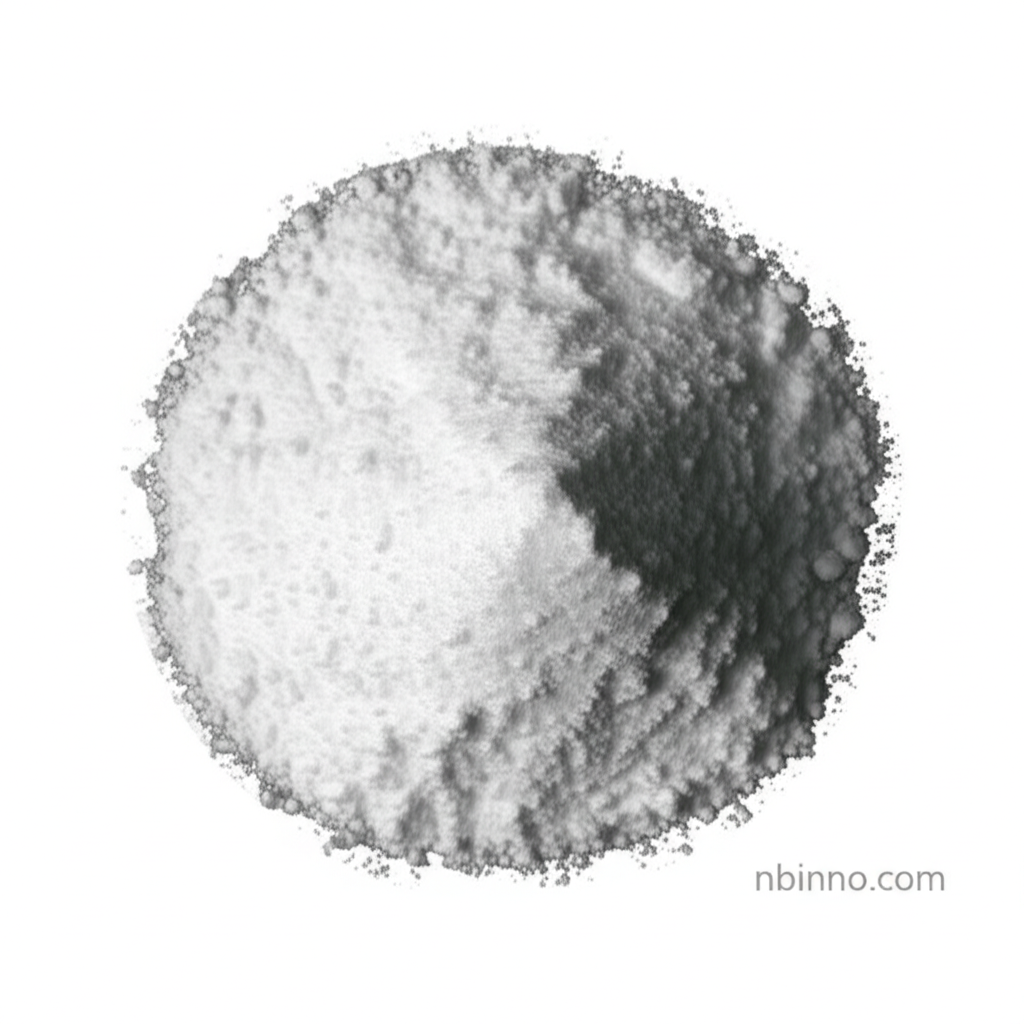Chromium Hexacarbonyl: Properties, Applications, and Safety for Chemical Synthesis
Explore the essential details of Chromium Hexacarbonyl, a vital compound in chemical synthesis and materials science.
Get a Quote & SampleProduct Core Value

Chromium Hexacarbonyl
Chromium Hexacarbonyl (Cr(CO)6) is a zerovalent organometallic compound primarily utilized as a chemical intermediate and catalyst. Its unique properties make it invaluable for applications such as thin film deposition through Chemical Vapor Deposition (CVD) and Atomic Layer Deposition (ALD), as well as in catalytic processes like olefin polymerization and isomerization.
- Discover the diverse uses of chromium hexacarbonyl in industry, ranging from catalyst development to advanced material synthesis.
- Learn about the chromium hexacarbonyl properties and uses, including its density, melting point, and vapor pressure, crucial for handling and application.
- Understand the chromium hexacarbonyl synthesis reaction, providing insights into its production and purity.
- Explore the critical chromium hexacarbonyl safety data sheet information, detailing hazards and precautions for safe handling.
Key Advantages
Versatile Chemical Intermediate
As a chemical intermediate, chromium hexacarbonyl serves as a foundational component in the synthesis of various chromium-containing compounds and materials, enabling complex chemical transformations.
Advanced Thin Film Deposition
Its role as a precursor for thin film deposition is critical in semiconductor manufacturing and advanced coatings, leveraging its volatility and decomposition characteristics.
Catalytic Efficiency
The compound acts as an effective catalyst for polymerization and isomerization reactions, offering enhanced efficiency and selectivity in chemical processes.
Key Applications
Catalysis
The compound is a vital catalyst for polymerization and isomerization of olefins, driving efficiency in petrochemical processes.
Thin Film Deposition
As a precursor for thin film deposition, it is widely used in ALD and CVD for creating specialized chromium films.
Chemical Synthesis
It serves as a key intermediate in various chemical synthesis routes, contributing to the creation of diverse chemical products.
Gasoline Additive
Historically used as a gasoline additive to increase octane number, showcasing its diverse industrial utility.
